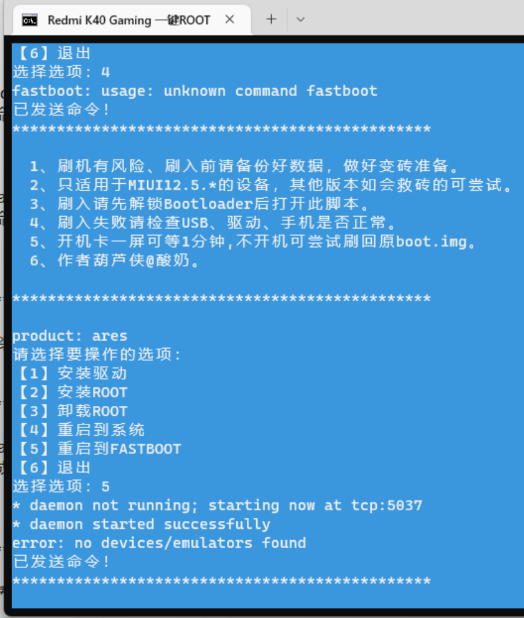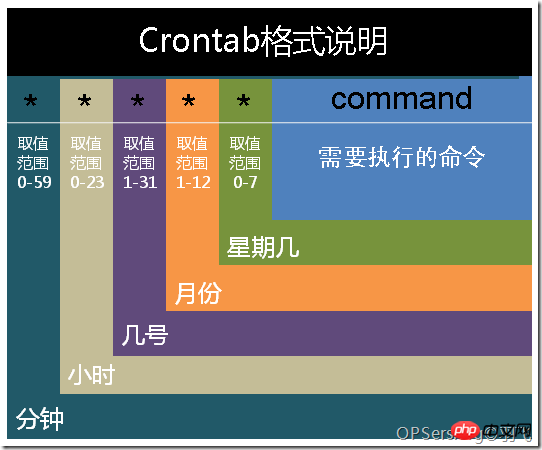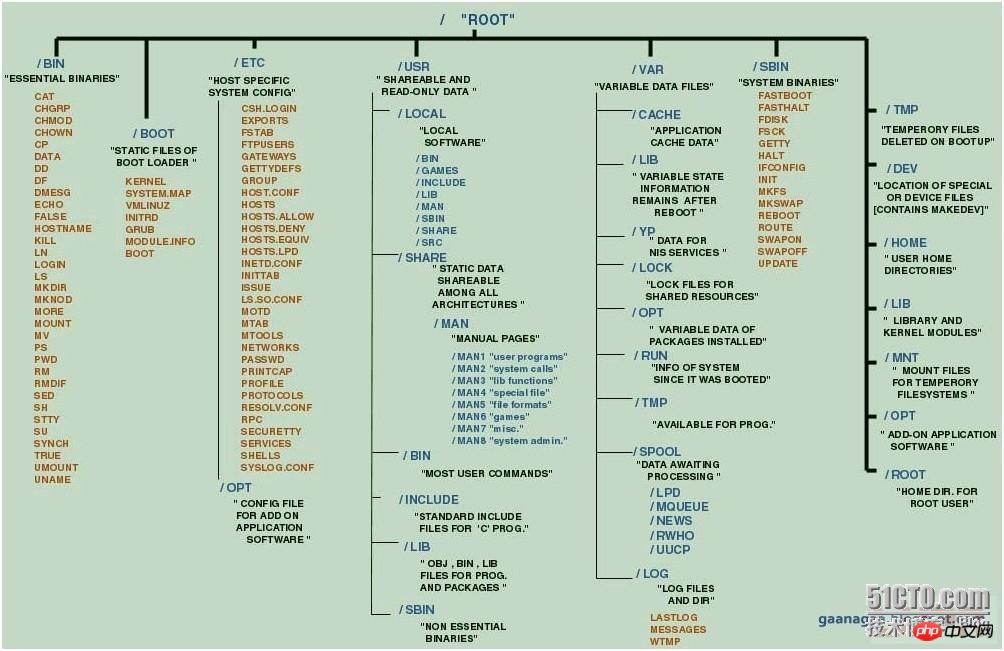引言
条件变量是利用线程间共享的全局变量进行同步的一种机制,主要包括两个动作:一个线程等待条件变量的条件成立而挂起(此时不再占用cpu);另一个线程使条件成立(给出条件成立信号)。为了防止竞争,条件变量的使用总是和一个互斥锁结合在一起。
函数原型
1. 定义条件变量
#include <pthread.h> /* 定义两个条件变量 */ pthread_cond_t cond_pro, cond_con;</pthread.h>
2. 初始化和销毁条件变量
#include <pthread.h> int pthread_cond_init(pthread_cond_t *restrict cond, const pthread_condattr_t *restrict attr);int pthread_cond_destroy(pthread_cond_t *cond); /* 初始化条件变量 */ pthread_cond_init(&cond_pro, null); pthread_cond_init(&cond_con, null); /* 销毁条件变量 */ pthread_cond_destroy(&cond_pro); pthread_cond_destroy(&cond_pro);</pthread.h>
3. 等待和激发条件
#include <pthread.h> int pthread_cond_wait(pthread_cond_t *restrict cond, pthread_mutex_t *restrict mutex); int pthread_cond_broadcast(pthread_cond_t *cond); int pthread_cond_signal(pthread_cond_t *cond); /* 等待条件 */ /* 注意:pthread_cond_wait为阻塞函数。解开锁,再等待。等条件满足时,需要抢到锁,才可以被唤醒*/ pthread_cond_wait(&cond_pro,&mutex); /* 激发条件 */ /* 所有因为不满足条件的线程都会阻塞在条件变量cond_pro中的一个队列中 */ /* 以广播方式,通知所有被阻塞的所有线程 */ pthread_cond_broadcast(&cond_pro); /* 以signal方式,只通知排在最前面的线程 */ pthread_cond_signal(&cond_pro);</pthread.h>
代码
/************************************************************************* > file name: my_con.c > author: krischou > mail:zhoujx0219@163.com > created time: tue 26 aug 2014 10:24:29 am cst ************************************************************************/ #include <stdio.h> #include <stdlib.h> #include <string.h> #include <pthread.h> #include <unistd.h> #define cell 10 #define flore 0 int i = 0; /* 所有线程共享的全局变量,此处假定至多递增至10,最小减到0 */ pthread_mutex_t mutex; /* 定义互斥锁 */ pthread_cond_t cond_pro, cond_con; /* 定义两个条件变量 */ /* 生产者线程 */ void* pro_handler(void *arg) { pthread_detach(pthread_self()); /* 由系统回收线程资源,而非主线程回收资源 ,此类情况主线程是个服务器,永久不会退出 */ while(1) { pthread_mutex_lock(&mutex); while(i >= cell) { pthread_cond_wait(&cond_pro,&mutex); /* continue是轮询,此处是阻塞 */ /* 把锁放开再等 ,第一个参数是结构体指针,其中有成员存放被阻塞的函数 */ /*不占cpu*/ /* 不满足条件时才会等 ,需要别人告诉它,才能唤醒它*//* 当它返回时,锁也要回来了*/ } i++; if(i == 1) { /* 由空到不空,唤醒消费者 */ pthread_cond_signal(&cond_con); /*不会立马signal被阻塞的消费者线程,因为其还要等锁抢回来*/ } printf("add i: %d n", i); pthread_mutex_unlock(&mutex); sleep(rand() % 5 + 1); } } /* 消费者线程 */ void* con_handler(void *arg) { pthread_detach(pthread_self()); while(1) { pthread_mutex_lock(&mutex); while(i 0) { pthread_create(arr + index, null, pro_handler, null); index++; pro_cnt--; } while(con_cnt > 0) { pthread_create(arr + index, null, con_handler, null); index++; con_cnt--; } while(1); pthread_mutex_destroy(&mutex); pthread_cond_destroy(&cond_pro); pthread_cond_destroy(&cond_con); return 0; }</unistd.h></pthread.h></string.h></stdlib.h></stdio.h>
注意
无论是在生产者线程,还是在消费者线程中。标记黄色部分的判断条件必须用while。以生产者线程举例,当i>=cell时,也就是i满时,此时执行pthread_cond_wait(&cond_cno,&mutex); 该生产者线程被挂起。必须等到消费者线程pthread_cond_signal(&cond_pro); 将其唤醒。但是消费者将其signal还不够,被挂其的生产者线程必须重新拿到锁,才可以被激活。但是,由于在消费者signal的同时,生产者并不能立即抢到锁,所以此时可能i值又改变变为大于等于10了。因此必须用while。不然可能导致i>10。
© 版权声明
文章版权归作者所有,未经允许请勿转载。
THE END

















